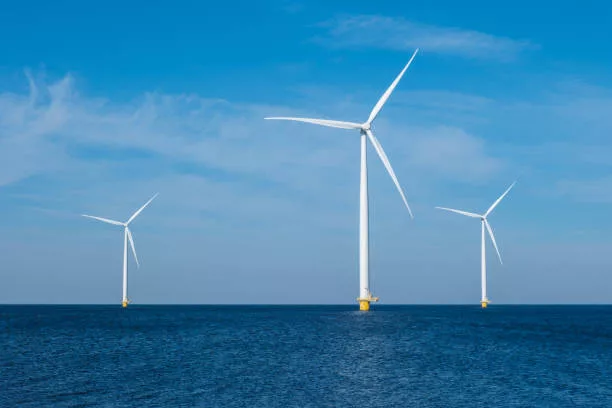The most recent installment of the U.S. Department of Energy’s (DOE) ongoing series, “Pathways to Commercial Liftoff,” casts a spotlight on the U.S. offshore wind sector’s capability to tackle current challenges and maintain a trajectory of growth. The sector aims to generate a significant number of high-quality jobs, while also broadening clean energy reach for millions throughout the nation, targeting an ambitious capacity of over 100 gigawatts (GW) by 2050. This move aligns intricately with President Biden’s climate goals for a 100% clean power sector by 2035 and zero emissions by 2050.
David Turk, U.S. Deputy Secretary of Energy, highlighted the promising advancements within the offshore wind industry, emphasizing the current administration’s commitment to scaling up this technology, hence creating valuable employment opportunities while reinforcing a sustainable, reliable energy framework.
DOE Furthers Support with New Fiscal Endeavors
The DOE demonstrated its allegiance to the industry’s expansion by announcing an intended $48 million investment in research and development for various aspects of offshore wind power. This funding forms part of a larger governmental initiative aimed at nurturing the growth of the American offshore wind sector, encompassing improvements in offshore wind transmission planning and standardizing efforts, as well as exploring potential opportunities in the Gulf of Mexico.
Key Insights and Looking Ahead
The report, “Pathways to Commercial Liftoff: Offshore Wind Deployment,” scrutinizes market challenges in tandem with responsive solutions being implemented. It points out the vibrancy of the sector despite macroeconomic hurdles, suggesting a brighter horizon where risk is mitigated and costs are anticipated to decline due to the scaling of deployment.
- The offshore wind market in the U.S. is at a critical juncture with foundational projects capable of encouraging consistent, long-term development.
- Although the sector has witnessed cost inflation, there is confidence in a trend reversal which suggests lowering of costs in the future.
- The unique appeal of offshore wind, especially in facilitating the decarbonization of coastal urban centers, enhances its value proposition as a clean energy source.
Commitment to Accelerating Offshore Wind Development
The DOE’s latest announcements underscore its dedication to fast-track offshore wind deployment:
- Research projects aiming at innovation in key areas such as floating and fixed-bottom offshore wind technologies and supply chain expansion have been earmarked for funding.
- A comprehensive resource guide detailing federal backing for offshore wind deployment highlights various support mechanisms offered by multiple federal departments.
- DOE seeks insights via requests for information to understand the status quo and needs of U.S. domestic wind turbine blade manufacturing.
- Initiatives tailored to Atlantic offshore wind transmission standardization and guidance and new analyses for the Gulf of Mexico offshore wind transmission are set in motion.
The DOE bases the development of its Liftoff reports on wide-ranging stakeholder engagement and advanced system modeling. As the department looks forward to adding more reports and enhancing stakeholder involvement, it encourages public interaction and contributions through industry forums and direct communication channels.
For individuals and entities interested in offshore wind energy’s potential advancements, resources, and information on upcoming events, DOE recommends subscribing to the “Catch the Wind” newsletter and becoming part of the journey towards a cleaner, sustainable energy future.
